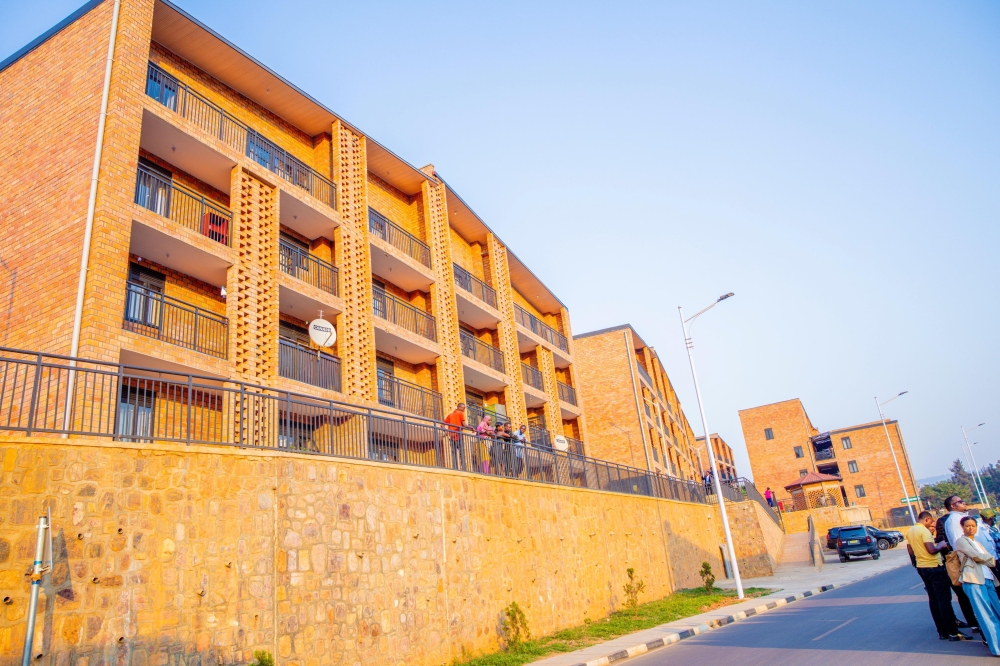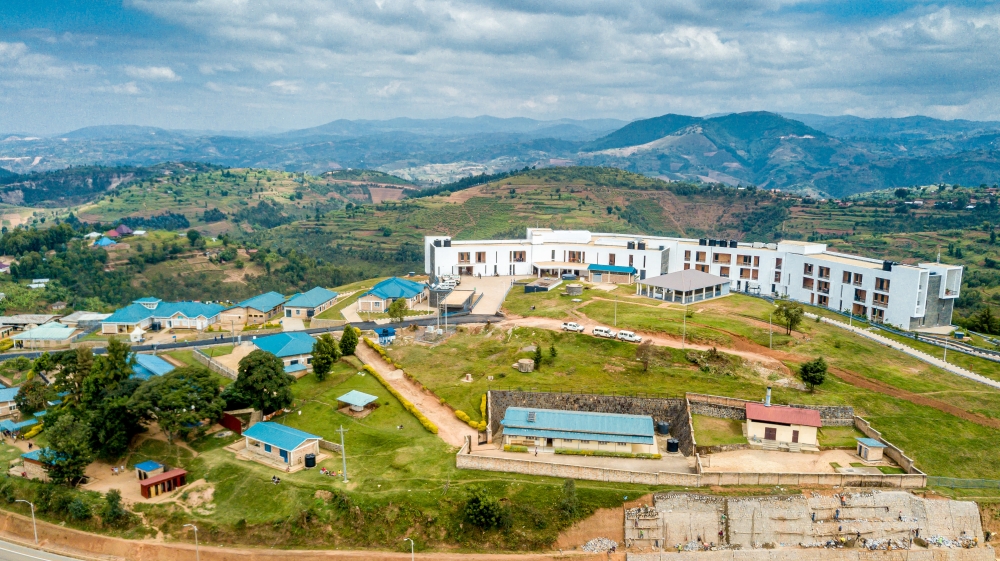East Africa is a land too vast and varied to be conquered by road.The infrastructure of railway throughout Rwanda and the future East African state is absolutely necessary to its industrialisation and modernity.In Rwanda specifically, the absence of railroads is a safety hazard. Eighteen-wheeler freight trucks carrying everything from cattle to beers to flammable oil push up and down steep hills on narrow one lane roads. Not only is transporting goods in Rwanda excruciatingly slow, it is excruciatingly dangerous.

East Africa is a land too vast and varied to be conquered by road.
The infrastructure of railway throughout Rwanda and the future East African state is absolutely necessary to its industrialisation and modernity.In Rwanda specifically, the absence of railroads is a safety hazard. Eighteen-wheeler freight trucks carrying everything from cattle to beers to flammable oil push up and down steep hills on narrow one lane roads. Not only is transporting goods in Rwanda excruciatingly slow, it is excruciatingly dangerous.
The realization of a strong railway network will mean shorter transit times, cleaner environment, safer transport, and a true change in the economics of individual lives.
As affordable air traffic seems as far from East Africa as it has ever been, the time has come for the region to very seriously invest in other forms of transportation.
Rwanda’s investment into a high-technology knowledge-based economy shows that the country’s administration understands the swiftness of change and development.
To disregard one of the most fundamental steps and opportunities would be unwise.
Railroads bridge regions. Transnational railways were deeply embedded psycho-contiguity of, say the United States or the former Soviet Union. Not only does it bridge the extremes, like Cyangugu to Lamu, but it enriches development, necessitates development and nurtures development within. It is the face of national pride and development.
After the breakup of the East African Community in 1977, the East African Railroad Corporation was cut into individual parastatals and the pride of travel in East Africa was extinguished.
Since then, not only has travel throughout Uganda, Kenya, Tanzania been uninteresting, but difficult. The failure of the individual railway companies since then are as important for their symbolism of Africa’s progress as the lack of services themselves.
2007 has been a different sort of year for East Africa. Rwanda and Burundi have joined arguably the most important and promising regional community on the continent.
Investment and modernity pours constantly into Rwanda, and Kenya is already being heralded as the first of the ‘African Lions’.
There are many development issues and projects which the new East African Community is going to have to coordinate on, but building a serious testament to cooperation and development, as well as creating a safer environment for industrial and commercial transportation should be a priority.
Ends




